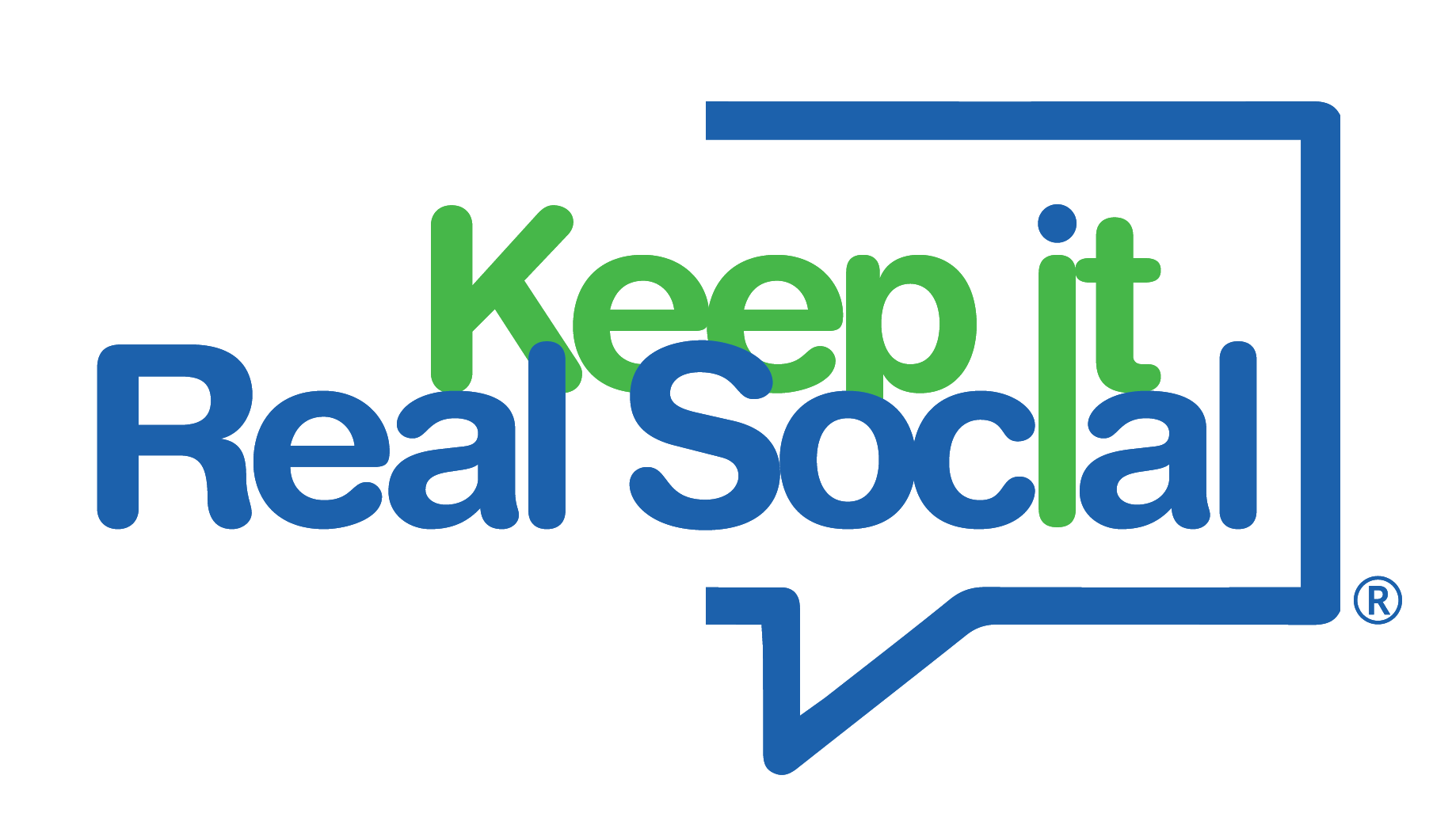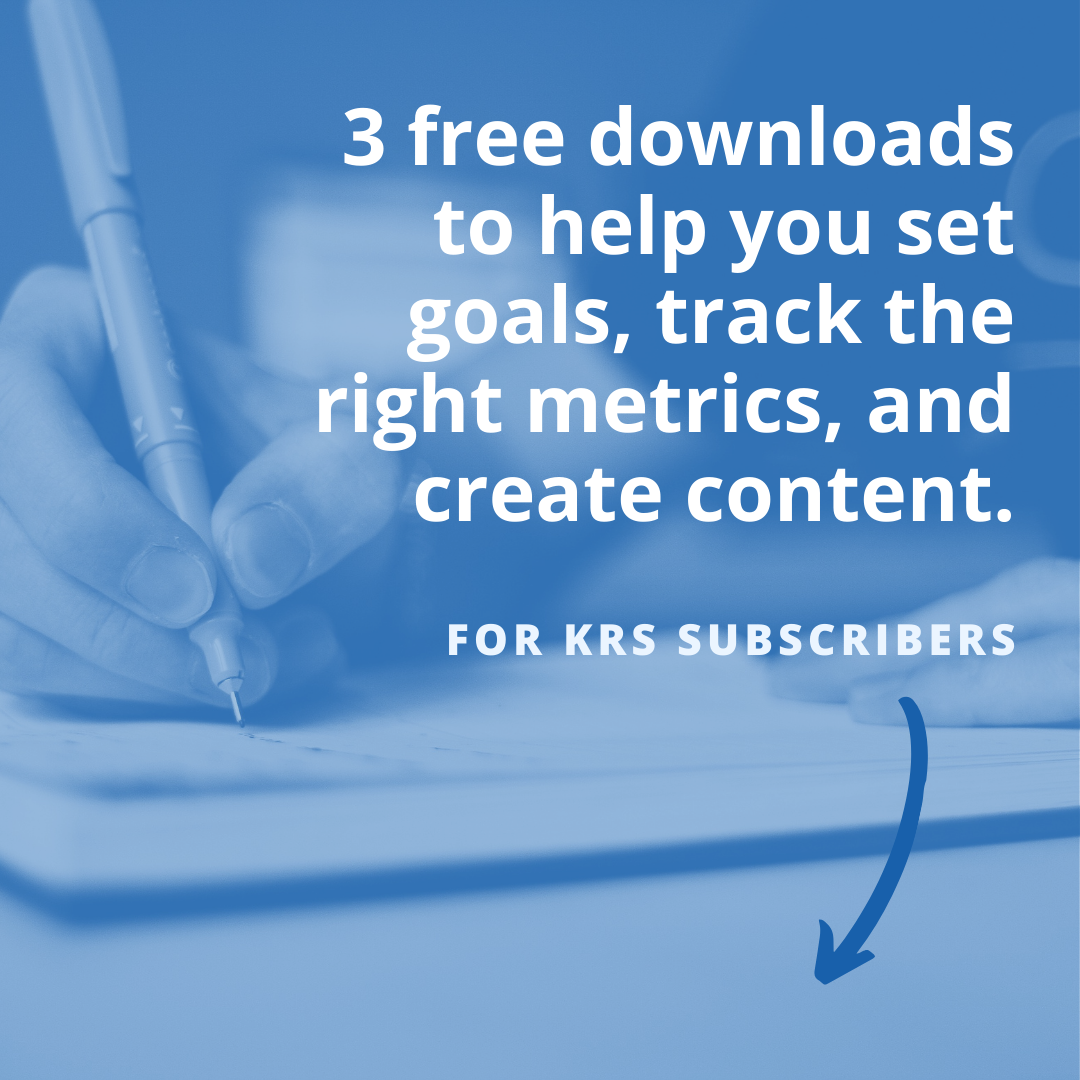Content personalization is driven by the data you have about your target market and their needs and behaviors. The more data you have about your audience, the more you can personalize your content to meet their needs. The foundation of your personalization is a clearly identified customer persona.
Types of information that will help you personalize your content include:
- Categories of Interests or Needs. You may find that you address different needs for your target audience, and this would dictate what types of content you would create. If you run a wine website, you may want to personalize content toward types of wine or wine reviews, and practical information on how to store wine, serve wine, and so on.
- Segmentation. Although it’s useful to create one persona for the main segment of your market, it’s also useful to divide your market into a few personas based on needs. For example, you might make content on how to create and manage a website, and you may have both small businesses or solo entrepreneurs and simple hobbyists among your audience. The needs of these groups would be different, so it’s useful to customize content for each group.
- Where Your Audience Is in the Buyer Journey. Your buyers go through a process from initial awareness of you to finally making a purchase. Where they are in this journey can influence what content you give them. Stages in this journey include initial awareness, warm or hot lead, new buyer, repeat buyer, and so on. As one example, content for a hot lead might be more promotional, natural and call the reader to action, whereas initial awareness content would be strictly informational and helpful, aimed at building a relationship with the reader.
- Individual Buyer Data. You can use what you know about the actions of individual buyers to shape your content. This data would include contact details, previous purchases, previous content consumed, interactions on social media elsewhere online, offline interactions, and so on.
Defining Your Target Market
The first step is to define your target market. This information includes:
- Who your target market is. This includes demographics and psychographics. Demographics are facts about your market, such as their age, location, socioeconomic status, and occupation. Psychographics refers to their attitudes, values, beliefs, behaviors, and other psychological factors.
- Your target market’s challenges and pain points. It’s important to know this so you can create content that speaks to their problems and offers solutions.
- What your target market is looking for solutions for. These are areas where you can help them.
There are several ways you can get information.
Surveys and Questionnaires. Surveys and questionnaires allow you to ask questions to get to know your target audience better. The best strategy is to create large-scale quantitative surveys that ask for hard data using multiple choice, ranking, and yes/no questions for demographic data; and short qualitative surveys that ask for opinions on a short answer form for psychographic or more detailed information.
Survey Monkey is the most popular tool for conducting surveys. There is a free and paid version. Google Forms is a free tool for creating simple surveys that are integrated with other Google products. Open-source options include LimeSurvey, JD eSurvey, and Quick Survey. Other programs include Survey Gizmo, Client Heartbeat, and Zoho.
Website Behavioral Analytics. You can learn a great deal about your audience by looking at website behavioral analytics. These are metrics that measure activity on your website such as visits, repeat visits, pages viewed, links clicked, and downloads. You have to make some inferences here. For example, if a certain page gets more views or longer views from visitors, this tells you that the topic there is of particular interest.
The most-used analytics program is Google Analytics. It’s a Google product, it’s free to use, and it offers a wide range of metrics. A simpler program that is also free is Open Web Analytics. More robust premium tools that have features such as heat-mapping and A/B testing include CrazyEgg, Compete, and Optimizely.
Social Media Behavior and Analytics. You can also learn a great deal from social media. Look at the profiles of people who follow you on the social media platforms you use to reach your audience. Look at the content they share, comment on, or otherwise engage with. There is social media analytics that, like website analytics, tell you how your audience behaves. You can also run surveys on social media.
Email List Information. If you have an email list, you can use it to learn about your audience. You can learn about their behavior through their actions, such as which messages they open or which links they click. You can also run surveys on your email list or ask for direct feedback.
If you’re interested in starting an email list, you need an autoresponder program. Popular autoresponders include Aweber, GetResponse, MailChimp, and ActiveCampaign.
Personal Encounters. Take every possible opportunity to get to know your audience through personal encounters both online and off. You can interact with them on social media, blog comments, forums, and so on. Each time you encounter someone offline at your store, a conference, or another community event, talk to them and try to learn about them.



